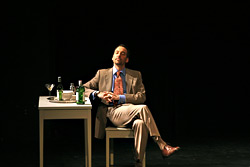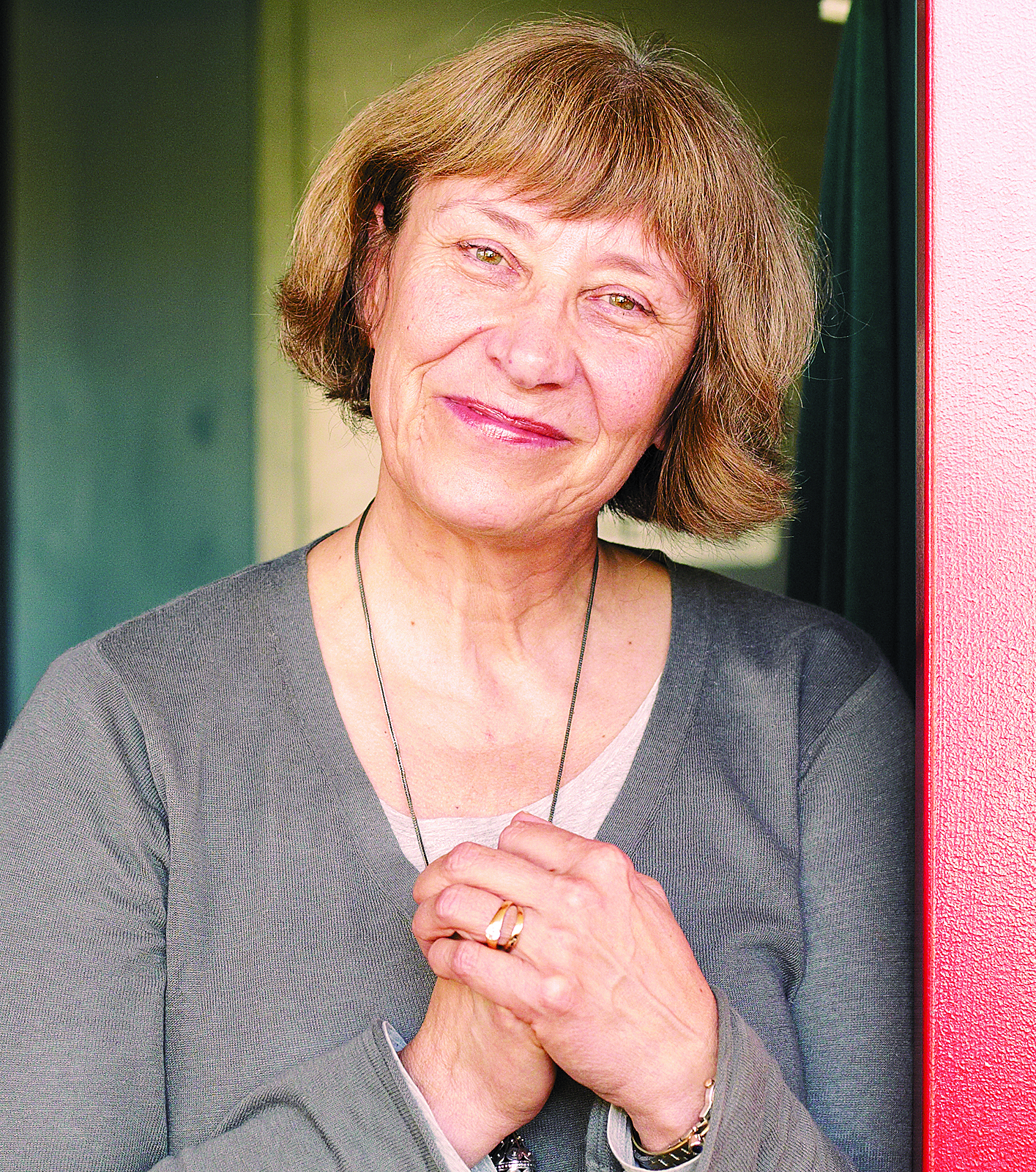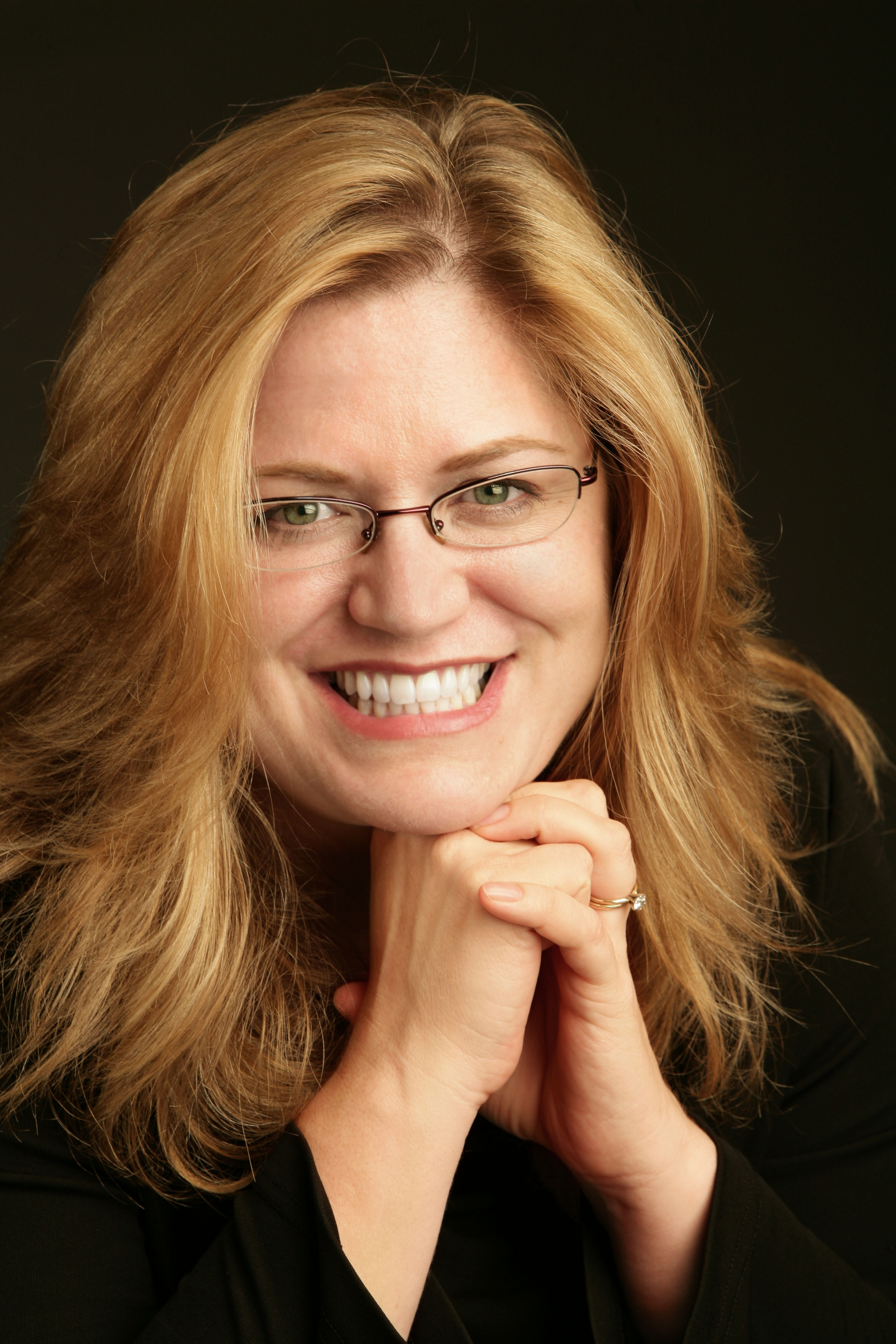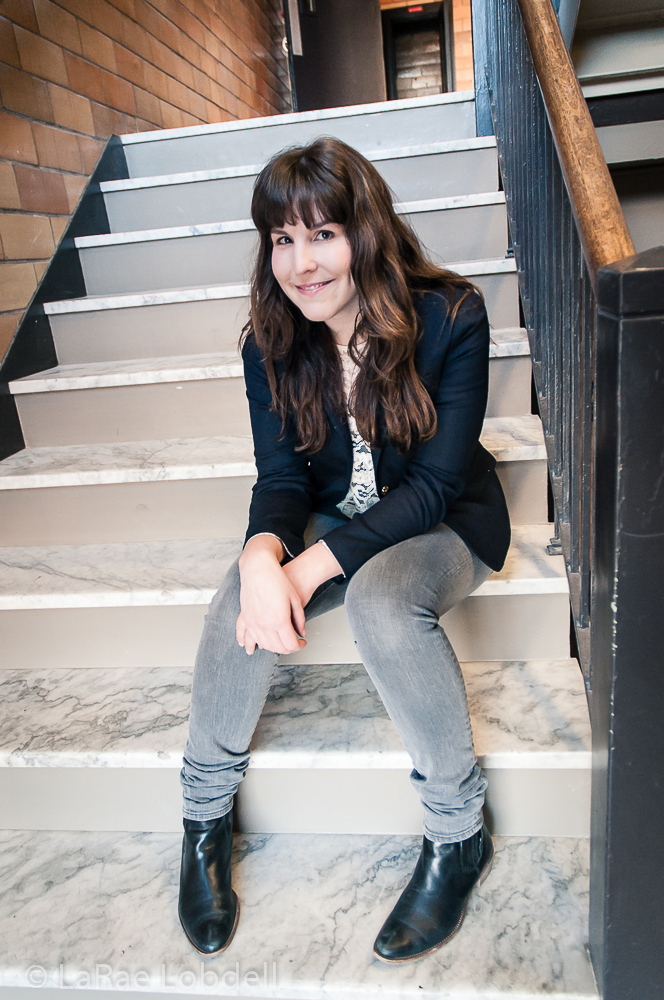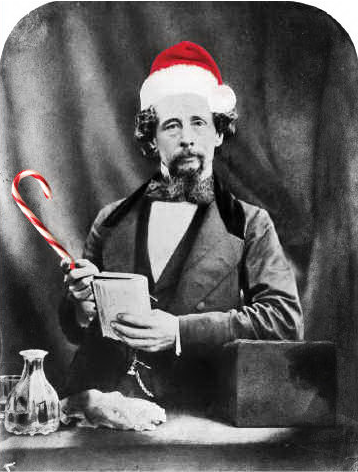Back in the mid-’90s, a number of Seattle’s professional theaters began experimenting with a new pricing model during preview weeks: They took whatever a patron felt like paying.
The experiment proved popular with all the “stakeholders”: theaters, which receive a bump in attendance; funders, who appreciate the “outreach” to financially challenged patrons; and audiences, who get a chance to see professional theater on the cheap. Before long, pay-what-you-can performances were established at most of the large houses and at the midsized and fringe venues as well.
It’s indisputably effective in raising audience numbers. Last year, over 1,100 PWYC tickets were sold for various performances at the Rep, for example. “We’ve had some shows where the line in the morning stretches down Mercer Street,” says Rep PR manager Ilana Balint. (The Rep sells PWYC tickets on the day of performance, and you have to pick them up in person.)
Theaters generally receive less than half the amount of the standard preview ticket price—about $5, on average, at the Rep. Scott Nolte at the midsized Taproot Theatre figures his company does a little better: about $6 or $7. But they get other benefits: A PWYC policy helps to spread word-of-mouth, and gives the actors an early chance to perform for a larger house.
PWYC can also help clear up one sensitive issue within companies—disputes over comps, says Greg Carter, artistic director of Strawberry Theatre Workshop. “We tell our artists that their comps are basically unlimited, as long as they can steer people toward Thursdays”—which is when STW offers PWYC throughout the run.
When I was artistic director of Theatre Babylon several years ago, one of my board members was a huge proponent of the company’s tradition of offering PWYC performances every Thursday. She spoke passionately about one Babylon regular, a little old man who came to every show, only on PWYC night, always fishing out a couple of crumpled bills from his coat. When it was suggested that we offer only one PWYC instead of four, she fought tooth and nail.
The person she was fighting was me. As I watched our finances sink lower and lower towards the red, I couldn’t understand the purpose of featuring more than one PWYC during a run. As a business model it seemed crazy. How were we supposed to plan a budget when one-fourth of our shows were “projected income: We don’t know?” The whole idea had the whiff of patchouli, sacrificing financial solvency for an impractical ideal. Did we need theater audiences so badly, I argued, that every Thursday we’d say “Gee, what do you think we’re worth?” Who else but hippies and retired dot-com millionaires would run a business like this?
But about the time I was losing this argument with my board (Babylon closed soon after—due to building-permit issues, not box office), director Susanna Burney was having a conversion in the opposite direction. She encountered her first PWYC performance as a box-office volunteer for an Annex show at CHAC. The attendees ranged from an older couple who carefully counted out eight quarters to a young man who casually emptied everything out of his wallet—about $50. “I thought, ‘How populist! How great!'” says Burney. “It’s a theatrical collaboration, an exercise in engaging audiences right away. That’s what we’re trying to do as artists—get people engaged. And the improvisational, unexpected aspect of PWYC is interesting behaviorally.” Burney was fascinated by the ways different patrons would approach the question of assessing a show’s worth.
Burney’s company, Our American Theater, has spent the past three seasons producing readings of American plays with professional actors and a PWYC policy for every show. Or, to be more specific, “pay what you will—some people really can’t pay, but our point for everyone else is step up and pay what you feel is the right amount to pay,” she explains. Burney keeps budgets as low as possible and works energetically to bring in sources of money outside of her box office. She’s also found that their performances average about $10 a patron—a healthy-enough earning if the houses are good, and thus far they have been, including for their current full production of Jon Robin Baitz’s Three Hotels.
I’ll admit I’m seduced by Burney’s thinking. It’s a cliché to say that the audience is as much a part of the theatrical experience as the artists, but it’s true—when they love a show, the show gets better, and when they hate it, it usually gets worse. Pay what you will asks them to make a statement up front about how they value theater. As artists, we may not like hearing such a clear assessment of what they think we’re worth. But it brings the question to an audience front and center.
